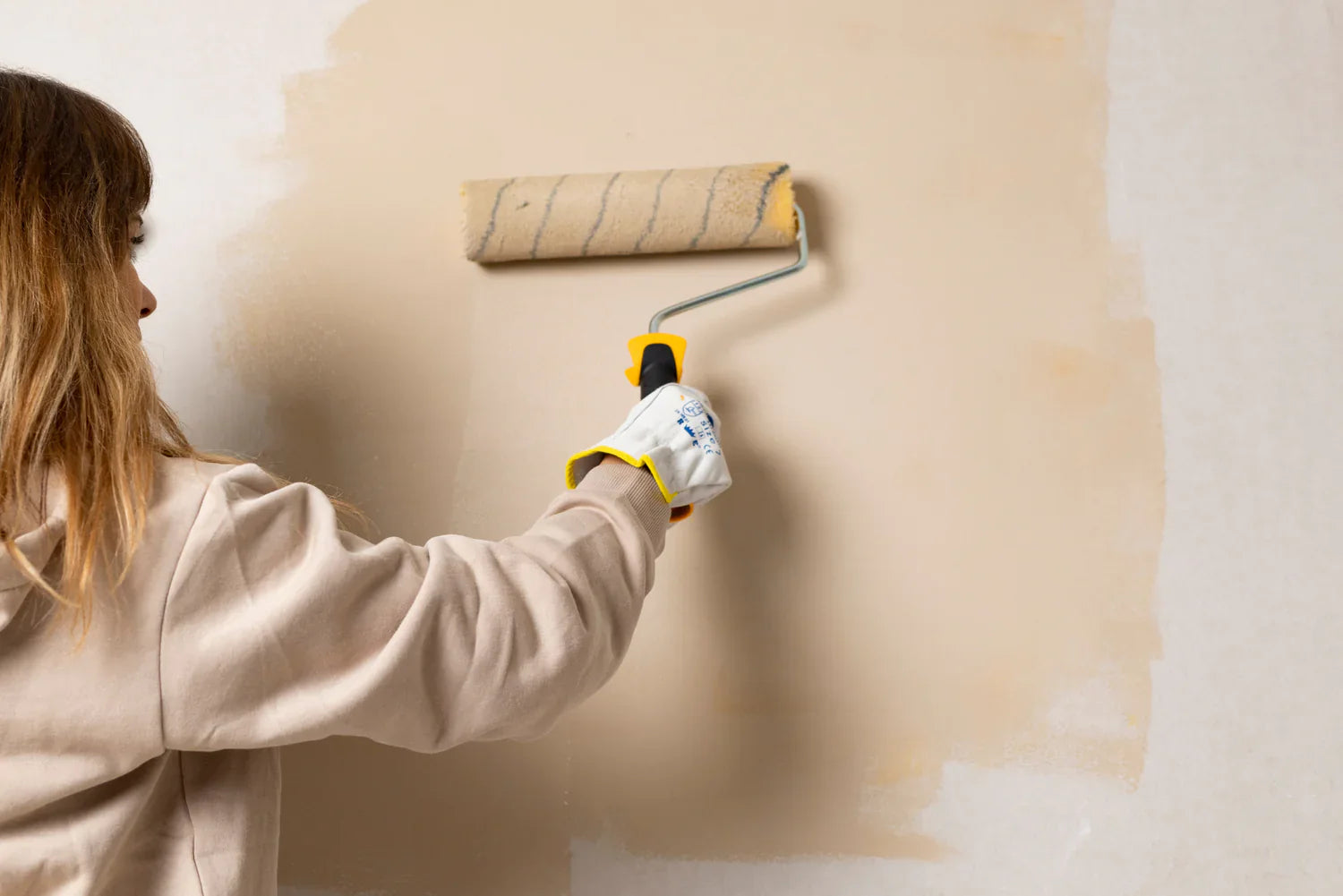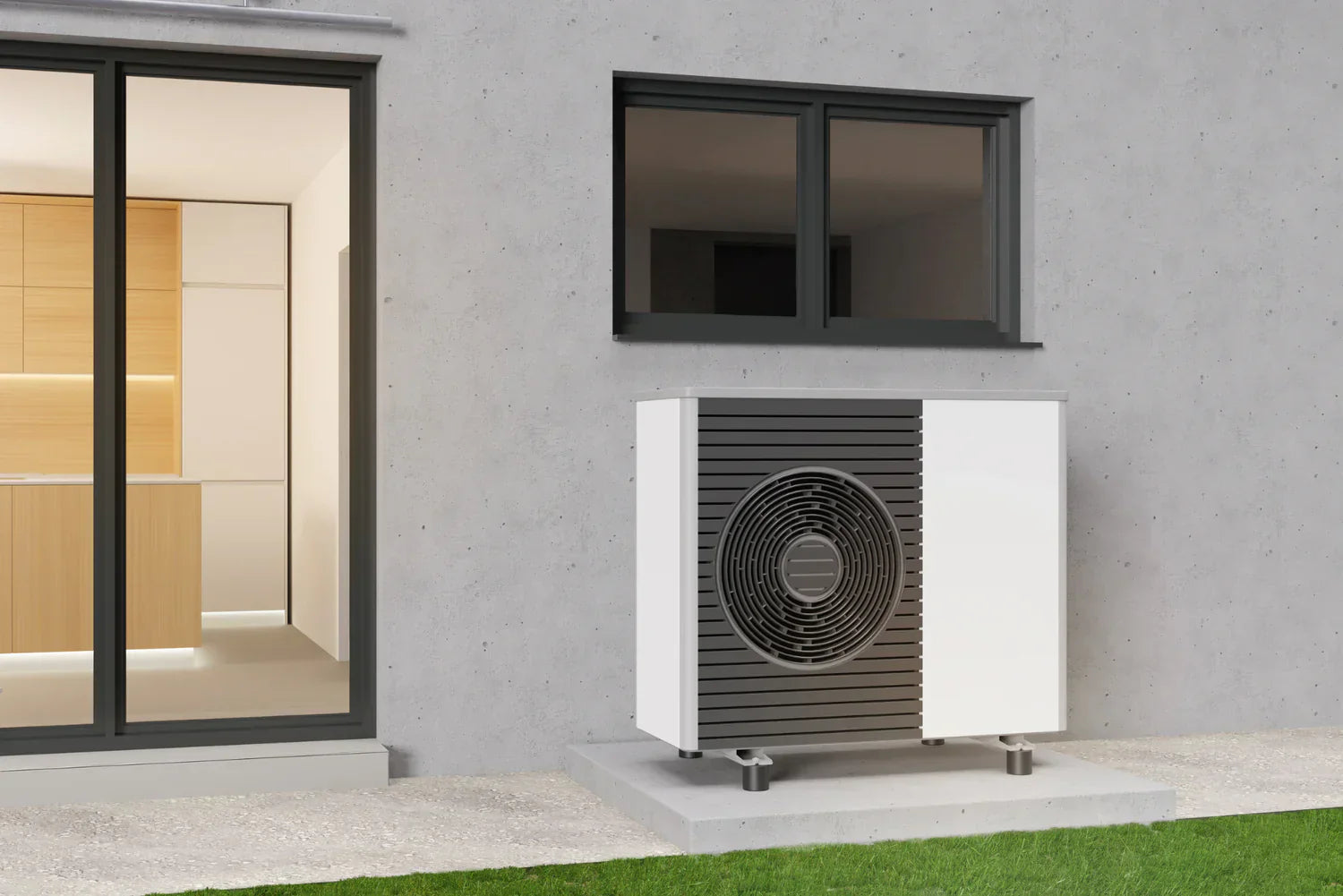Some use the words ‘renovation’ and ‘refurbishment’ interchangeably, but they do refer to different things. In simple terms, renovations usually involve substantially changing the structure of a property, whereas refurbishments tend to be less intrusive, focusing more on repairs or restoration to the appearance and condition of a building. Retrofitting, which is also becoming more popular, means adding a feature to a property that it didn’t have when it was first constructed.
When you undertake any of these as a project, there are several considerations to be made.
Renovation
Broadly speaking, renovation means returning something to a good state of repair. It usually refers to home renovation and construction, and the modernisation or improvement of an older property.
Your choice to renovate may simply come from feelings of having outgrown your property at its current size, with the need for more space. Adding an extension or converting an existing space will require significant renovation. Or it may be that your property has become outdated, or many people specifically purchase older properties with a plan to renovate them to rejuvenate them and increase their value.
Renovations are intrusive projects, so thorough planning is required to keep to budgets, and timescales and to meet building regulations. As they involve making structural changes, renovation projects are complex and are likely to come at a significantly high cost and have long timescales.
Projects may be anything from removing or replacing sections of the building, altering the layout, cellar or loft conversions, or adding an extension. Renovations allow you to repair and improve any damaged areas of a building and conform to any new building regulations that may have changed in the lifetime of the property.
Over the years, it has been discovered that some building materials are unsuitable for continued use or are not environmentally economical. In these situations, building regulations may state what materials can and cannot be used and highlight areas of a building that need to be replaced. Note that listed buildings have more stringent regulations, so always check this before embarking on renovations.
There are several benefits to renovating your home, the main one being that it can increase the value of your home. If you are considering selling in the future, even a small refurbishment can make a difference. And if you plan on staying put, a renovation can give you that extra space to enjoy and be more comfortable in.
If you are unsure about the complexity of a renovation, consider if a refurbishment would be a simpler option. It depends on what you want to achieve. Do you want to enhance the aesthetics of your space or do you need to make structural changes?
Refurbishment
A refurbishment project relates more to the appearance and condition of your building. It can still be a means of restoring or repairing problems with the property, but without structural changes. Think along the lines of plastering a wall, decorating a room or replacing a window unit suffering condensation.
Refurbishment costs will be lower than renovation costs, simply because the changes are less complex.
A minor refurbishment project, which may be as simple as painting and decorating, could cost a few hundred pounds. However, a larger refurbishment, which may include replacing flooring, tiles, upgrading furnishings etc is more likely to cost a few thousand pounds.
As well as the cost advantages, other benefits of refurbishing your property, rather than undertaking a larger renovation project include:
- Quick improvements – a quick re-paint can give your property a refreshed feel within a day or 2. It can instantly create a more homely feel and is also useful if you plan on selling.
- Fewer limitations – refurbishments, in general, do not require planning permission. (Building regulations approval may be needed for any gas or electrical work, and tenants should always check with their landlord)
- Add value – whilst not in the same ballpark as the value that large renovations can add, even small refurbishments can make a difference to buyers if you are looking to sell, e.g. light fixtures, kitchen/bathroom taps
Also, remember that improvements are not limited to the inside of a property. Think how nice it would be to come home to a freshly painted front door, jet-washed brickwork and a clean and tidy garden.
Refurbishment projects can also include elements of retrofitting; adding a feature to the property that it didn’t have when it was first constructed.
Retrofit
Retrofit projects have become more common in recent years, in line with the aim to find more energy-efficient and sustainable alternatives. Infrared heating systems, solar panels and water conservation fittings are becoming popular, energy-efficient choices to replace more traditional systems in both residential and commercial properties.
Heating and air conditional systems are the most common examples of retrofitting, but it can also include the replacement or installation of:
- Insulation/ventilation systems
- Double or triple-glazed windows
- Low-energy lighting fixtures
- Floor insulation
- Draft proof doors
- External cladding
- Cavity wall insulation
- Thermal energy storage systems
- High-efficiency condensing boilers
Providing the initial outlay for retrofit projects can often save you money in the long run. For example, if you can improve your home’s insulation and or install a more energy-efficient heating system, you will benefit from lower utility bills.
Infrared Heaters for Renovation or Refurbishment Projects
Infrared heating is a perfect choice for a renovation or refurbishment project. Whether you need to add heating to one space such as an extension without disrupting your current system, or whether you are overhauling the heating system for the whole property, infrared heaters can provide a simple, easy-to-install, energy-efficient option. Infrared heaters can be added room by room, with no need to wait for a whole system to be plumbed in, meaning the project can progress smoothly.
You may also learn about WEEE
Choosing the correct heating system is important for your well-being, as you need to consider how it will fit the design of your renovation or refurbishment, installation, ongoing heating costs and environmental impact.
With infrared heating systems, all the energy you pay for is converted into heating energy, making them more efficient environmentally and in terms of cost. Installation is simple, with no disruption to walls or floors, as can happen with central heating or underfloor heating. You also gain space as there are no tanks or boilers, and the heaters themselves are slimline and can be placed high on walls or ceilings so do not impact the layout of a room. They are modern in appearance, so an ideal choice for renovation or refurbishment projects.
If you are considering infrared heating for your refurbishment, home renovation or retrofit project, please contact us, and we’ll be happy to work with you to provide the most effective solution for your property. Garage conversion and conservatory service is also provided at Kiasa.



